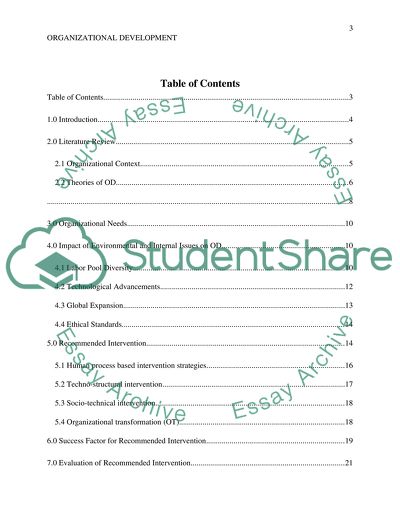Cite this document
(“Organizational Development Research Paper Example | Topics and Well Written Essays - 5000 words”, n.d.)
Retrieved from https://studentshare.org/marketing/1404096-organizational-development
Retrieved from https://studentshare.org/marketing/1404096-organizational-development
(Organizational Development Research Paper Example | Topics and Well Written Essays - 5000 Words)
https://studentshare.org/marketing/1404096-organizational-development.
https://studentshare.org/marketing/1404096-organizational-development.
“Organizational Development Research Paper Example | Topics and Well Written Essays - 5000 Words”, n.d. https://studentshare.org/marketing/1404096-organizational-development.


